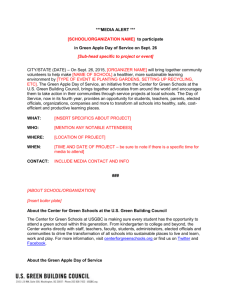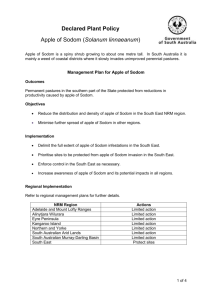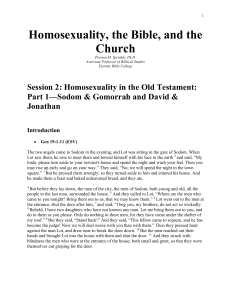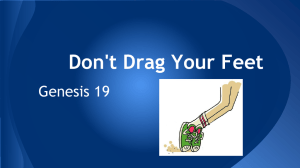Apple of Sodom is an easily recognisable erect, spreading and
advertisement
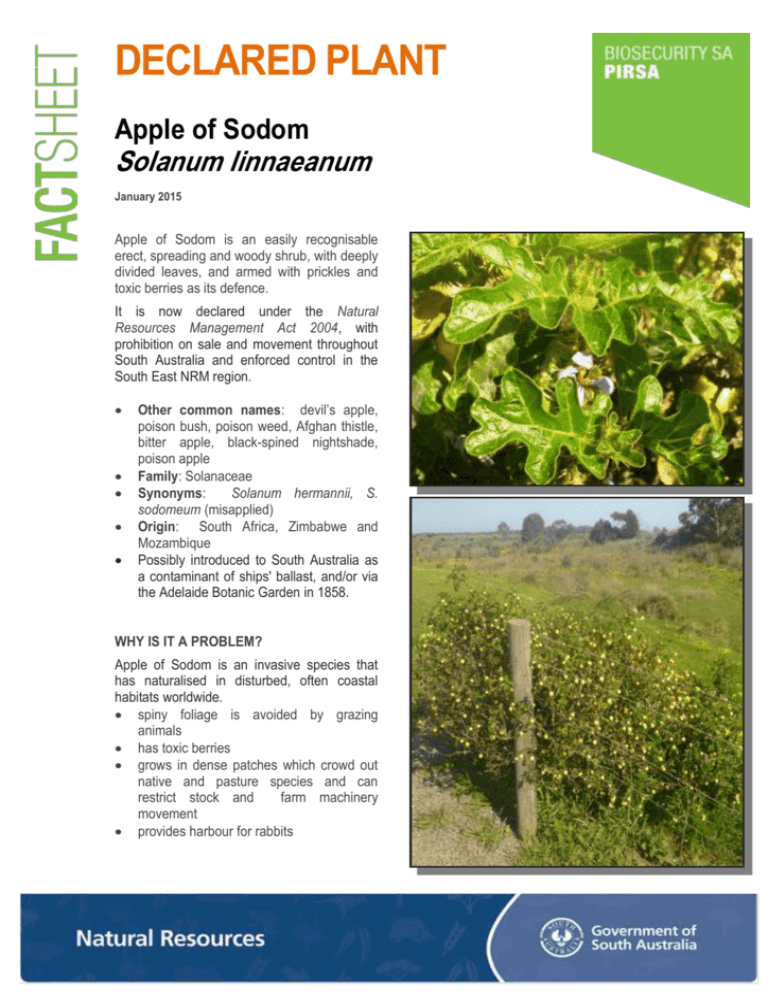
DECLARED PLANT Apple of Sodom Solanum linnaeanum January 2015 Apple of Sodom is an easily recognisable erect, spreading and woody shrub, with deeply divided leaves, and armed with prickles and toxic berries as its defence. It is now declared under the Natural Resources Management Act 2004, with prohibition on sale and movement throughout South Australia and enforced control in the South East NRM region. Other common names: devil’s apple, poison bush, poison weed, Afghan thistle, bitter apple, black-spined nightshade, poison apple Family: Solanaceae Synonyms: Solanum hermannii, S. sodomeum (misapplied) Origin: South Africa, Zimbabwe and Mozambique Possibly introduced to South Australia as a contaminant of ships' ballast, and/or via the Adelaide Botanic Garden in 1858. WHY IS IT A PROBLEM? Apple of Sodom is an invasive species that has naturalised in disturbed, often coastal habitats worldwide. spiny foliage is avoided by grazing animals has toxic berries grows in dense patches which crowd out native and pasture species and can restrict stock and farm machinery movement provides harbour for rabbits DESCRIPTION Habit: erect, dark green, woody perennial shrub to 1.5 m tall. Leaves: deep green and 4-8 cm long, with deeply lobed margins and prickles along underside of leaf margins and leaf stalks. Roots: stout woody taproot. Flowers: violetblue with 5 petals, with long yellow anthers in the centre. Prickles on the flower bud become more prominent during flower development. Flowering time: July to December. Fruit: a green globular berry, 2-3 cm diam., with pale green and cream markings when immature, yellowing on maturity and drying to brown or black. The bitter pulp contains numerous seeds. Seeds: ovate, dull, dark orange, or light brown and 2-3 mm long. HOW IT SPREADS Apple of Sodom reproduces by seed, which has long term viability. It can produce around 1500 seeds per plant per year. As the fruit is not favoured by birds and animals, the fruit ripens on the bush, then drops off, eventually being blown or dragged away. HABITAT Apple of Sodom invades pastures, open woodlands, roadsides, disturbed sites, coastal areas, creek lines, grasslands in warmer temperate, sub-tropical and semi-arid zones. Commonly associated with calcareous soils. DISTRIBUTION For more information Contact your local Natural Resources Centre for information on controlling declared weeds: www.naturalresources.sa.gov.au Eyre Peninsula, Northern Lofty, Murraylands, Southern Lofty, Kangaroo Island and the South East. Also naturalised in Western Australia, Queensland, New South Wales and Victoria. WHAT CAN YOU DO? Further weed control information is also available at: Seek control advice if you have this weed. Beware of bringing new weeds to your property with fodder or stock. www.pir.sa.gov.au/biosecuritysa Apple of Sodom images – Courtesy of David Blewett Disclaimer: This publication is provided for the purpose of disseminating information relating to scientific and technical matters. The Government of South Australia does not accept liability for any loss and/or damage, including financial loss, resulting from the reliance upon any information, advice or recommendations contained in the publication. The contents of this publication should not necessarily be taken to represent the views of the participating organizations.


